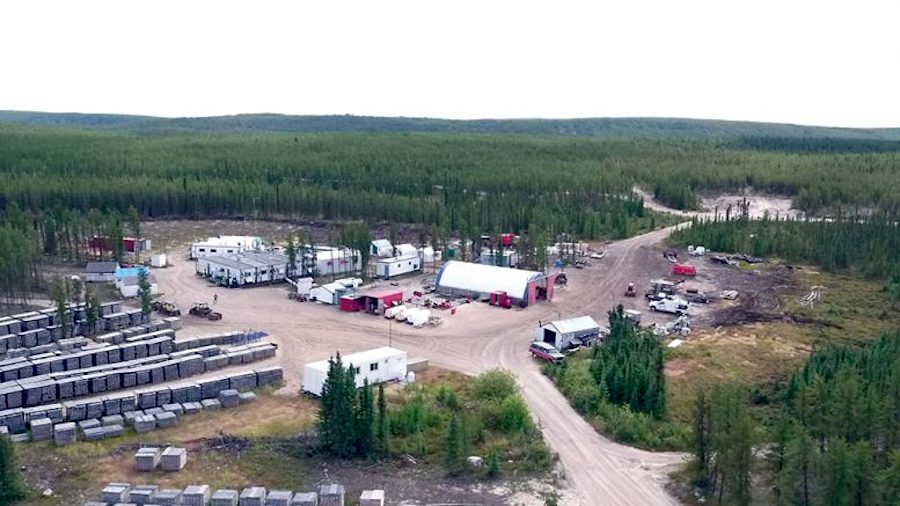
Denison Mines of Toronto is ready to begin the rigorous environmental impact assessment of its 90% owned Wheeler River in situ uranium project in the Athabasca Basin.
Both the Canadian Nuclear Safety Commission and the Saskatchewan Ministry of Environment have accepted the Wheeler River provincial technical proposal and federal project description.
Denison has also said that it has executed a number of memoranda of understandings with Indigenous communities in support of the project.
The company says the choice of in situ recovery (ISR) has several important environmental and permitting advantages over conventional uranium mining. There will be no tailings management on surface, and very little waste rock will be generated. The footprint of the project is reduced. And closure and decommissioning at the end of the mine’s life will be easier.
Wheeler River is the largest undeveloped uranium project in the Athabasca Basin. The property hosts the high grade Phoenix and Gryphon uranium deposits. The Phoenix deposit is amenable to ISR, and the Gryphon could become a conventional underground mine sometime in the future.
The project contains 132.1 million lb. of uranium oxide at a grade of 3.3% in the indicated category. Inferred resources contain 3.0 million lb. at a grade of 1.7%.
The Wheeler River pre-feasibility study was completed late last year. The EIA process and engineering studies and related programs are the next steps toward production.
(This article first appeared in the Canadian Mining Journal)